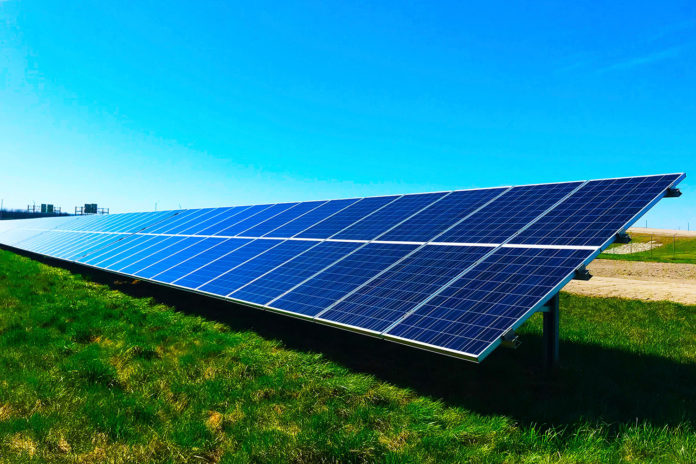Owing to the rapid development in their efficiency and stability, the perovskite solar cells are at the forefront of emerging photovoltaic technologies. Perovskite solar cells have the potential to be made more cheaply and simply than other solar cells, as well as to produce more power in a given area.
Now, researchers at The Australian National University (ANU) have broken their own record to create a more efficient solar cell. After a series of work and research, the team achieved an efficiency record of 22.6%, which was achieved through improvements in its previous perovskite solar cells. This means the cells can convert 22.6% of sunlight into energy.
The research was focused on 1 square centimeter solar cells made with perovskites – a family of materials with a specific crystal structure. Scientific experiments have shown that in the future, it is possible to reduce the total cost of the battery by several orders of magnitude while further improving its performance. Another achievement of the Australian team of researchers was that the improved module showed a fill factor of more than 86%, which is one measure of the quality of the solar cell.
“We’re always trying to reach the highest efficiency we can. Commercialization won’t happen without high efficiency,” said Professor Kylie Catchpole, co-author of the paper. “But we need a cheap process as well. This is an approach that definitely combines those two elements in a way that’s different to how it’s been achieved previously.”
The team says the solar cells they have produced are easier to manufacture. They used standard fabrication techniques but applied them to new material, titanium oxynitride, to create the perovskite solar cell in a unique way.
“We’ve also been able to overcome an energy loss in one of the layers that scientists didn’t previously realize was there,” Professor Catchpole said. “The modeling we’ve done shows this was a limitation in previous types of solar cells.”
